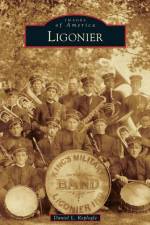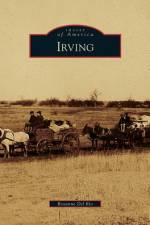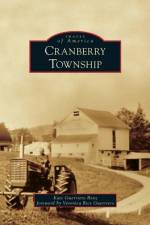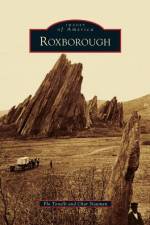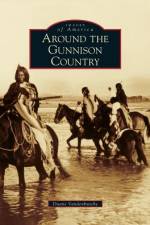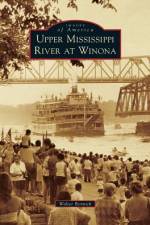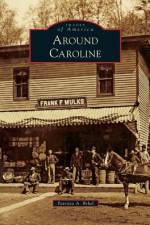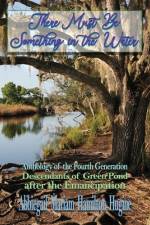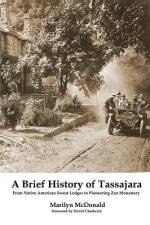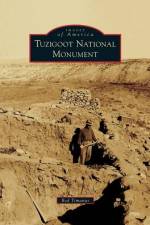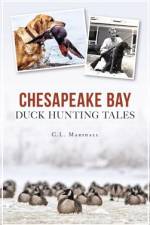von Sarah S. Kilborne
33,00 €
The incredible story of millionaire manufacturer William Skinner, a leading founder of the American silk industry, who lost everything in a devastating flood only to stage “one of the greatest comebacks in the annals of American industry” (Boston Sunday Post). In 1845, a young, penniless William Skinner sailed in steerage class on a boat that took him from the slums of London to the United States. Skilled in the rare art of dyeing, he acquired work in a fledgling silk mill in Massachusetts, parlaying that one job into a lucrative new career and pioneering the way for American-made silk. Soon he had turned a barren stretch of countryside into a bustling factory village, “Skinnerville,” filled with men, women, and children producing the country’s most glamorous thread in his very own mill. Then in 1874, disaster struck. A nearby dam burst, unleashing an inland tidal wave that tore down the Mill River Valley. Within fifteen minutes, Skinner’s factory, his village, and his life’s work were completely swept away in the worst industrial disaster the nation had yet known. What followed was even more extraordinary, for out of this ruin came an empire. With grit, determination, and uncanny resolve, Skinner rebuilt his business into one of the leading silk manufacturing companies in the world. Now Sarah S. Kilborne—Skinner’s great-great-granddaughter—incorporates both the nation’s and her family’s past into a page-turning story of ambition, triumph, unthinkable loss, and heroism. With evocative details and a compelling, timeless message, American Phoenix is the inspiring account of the success of one man against the odds, and of the spirit that shaped a nation.




